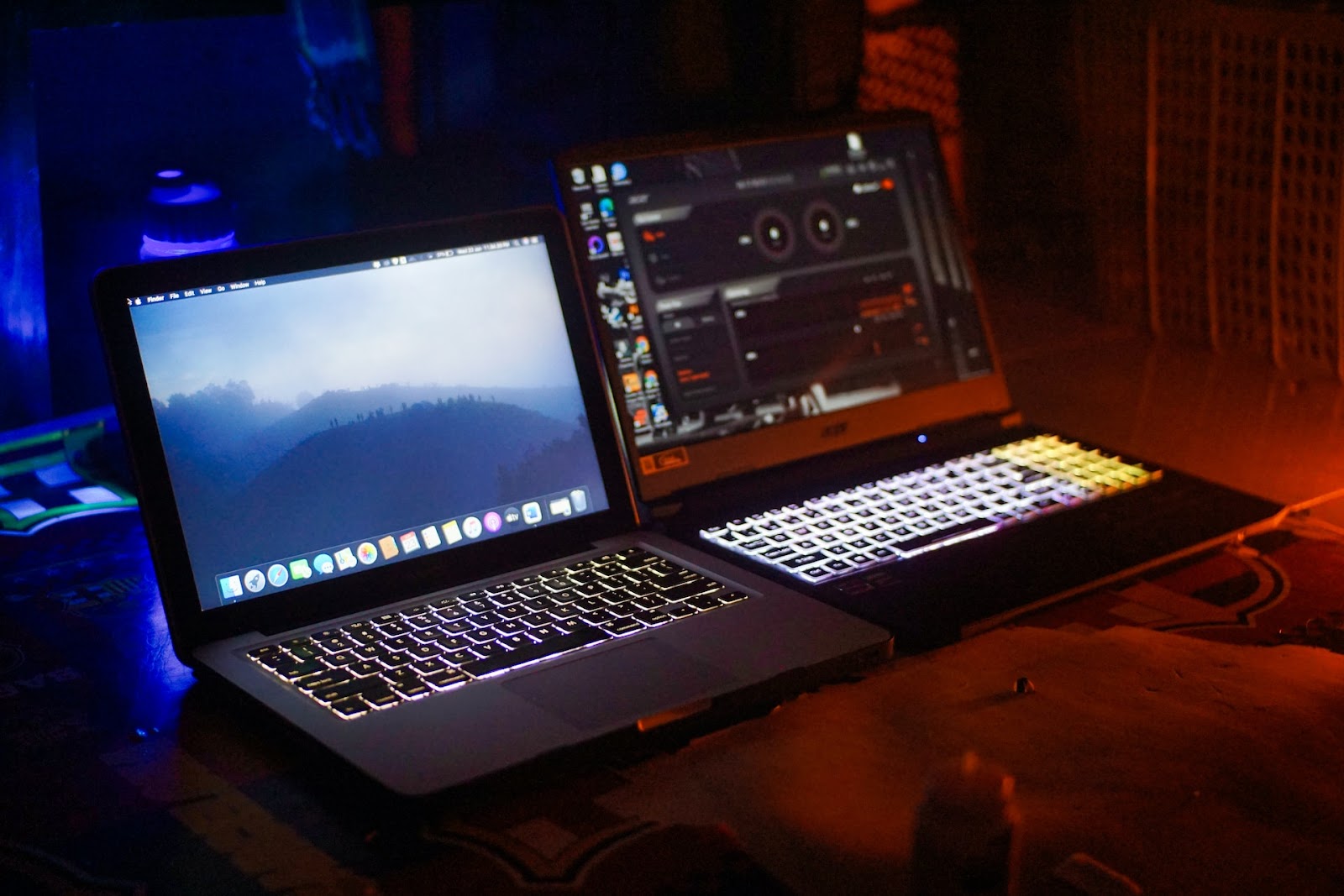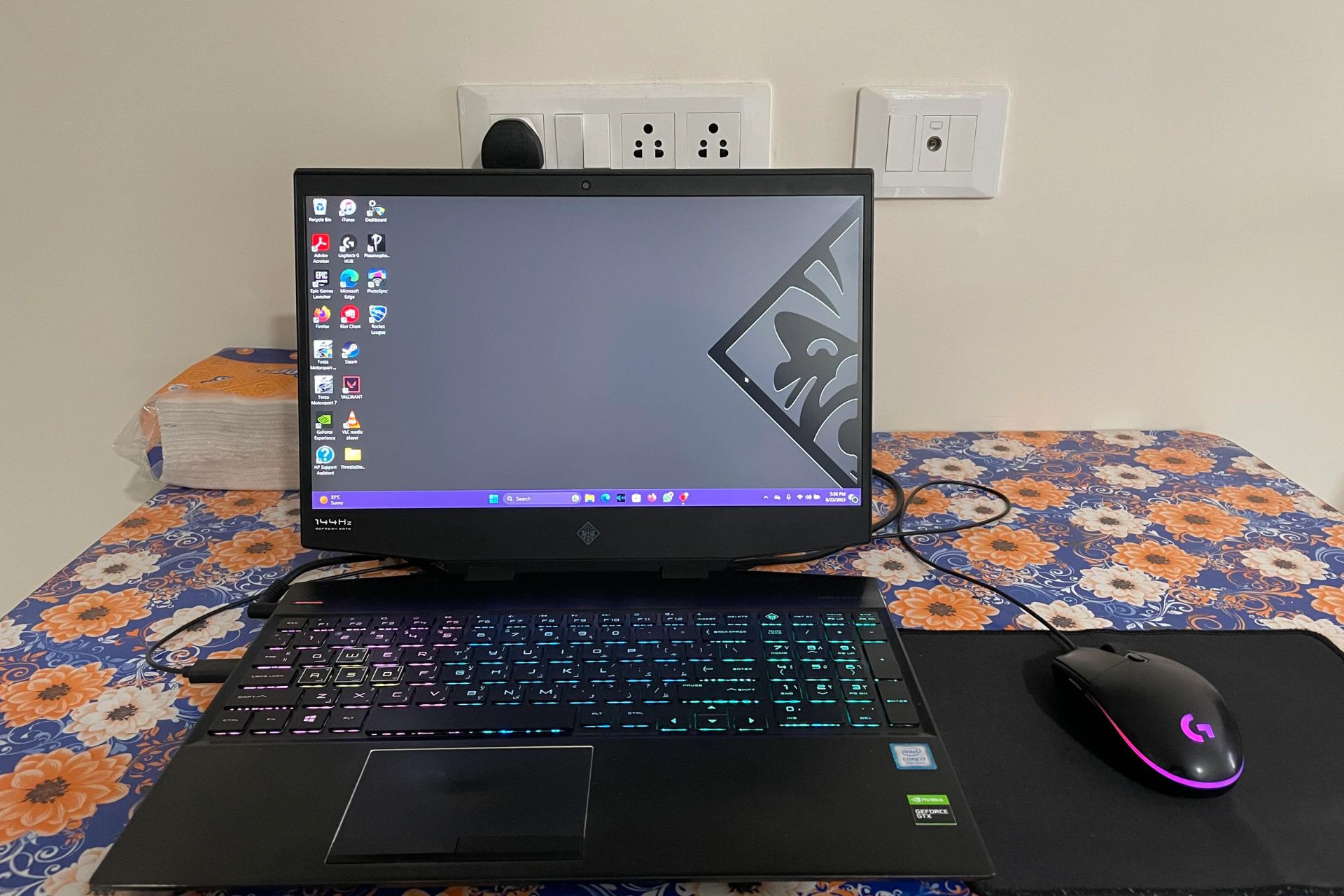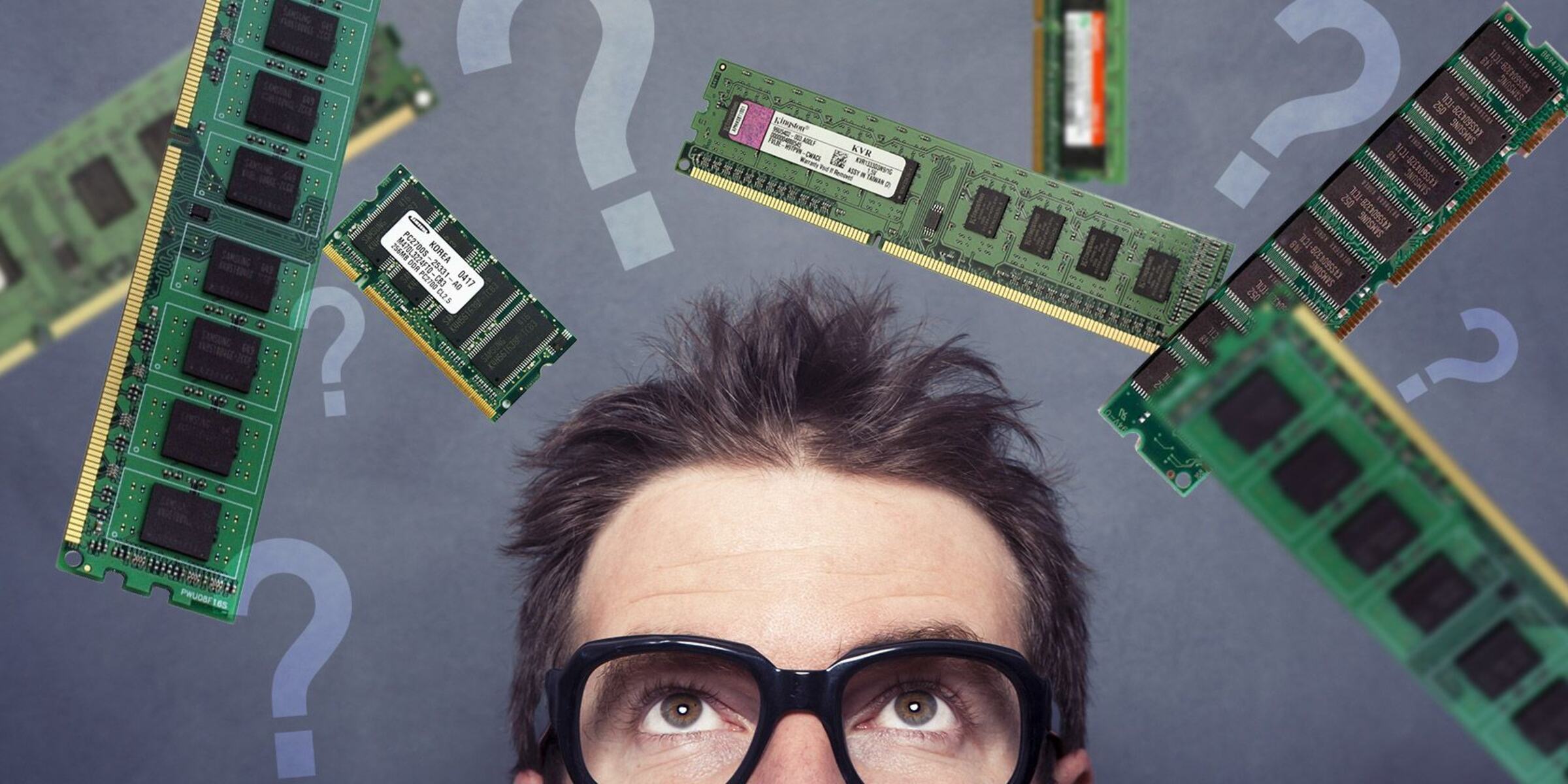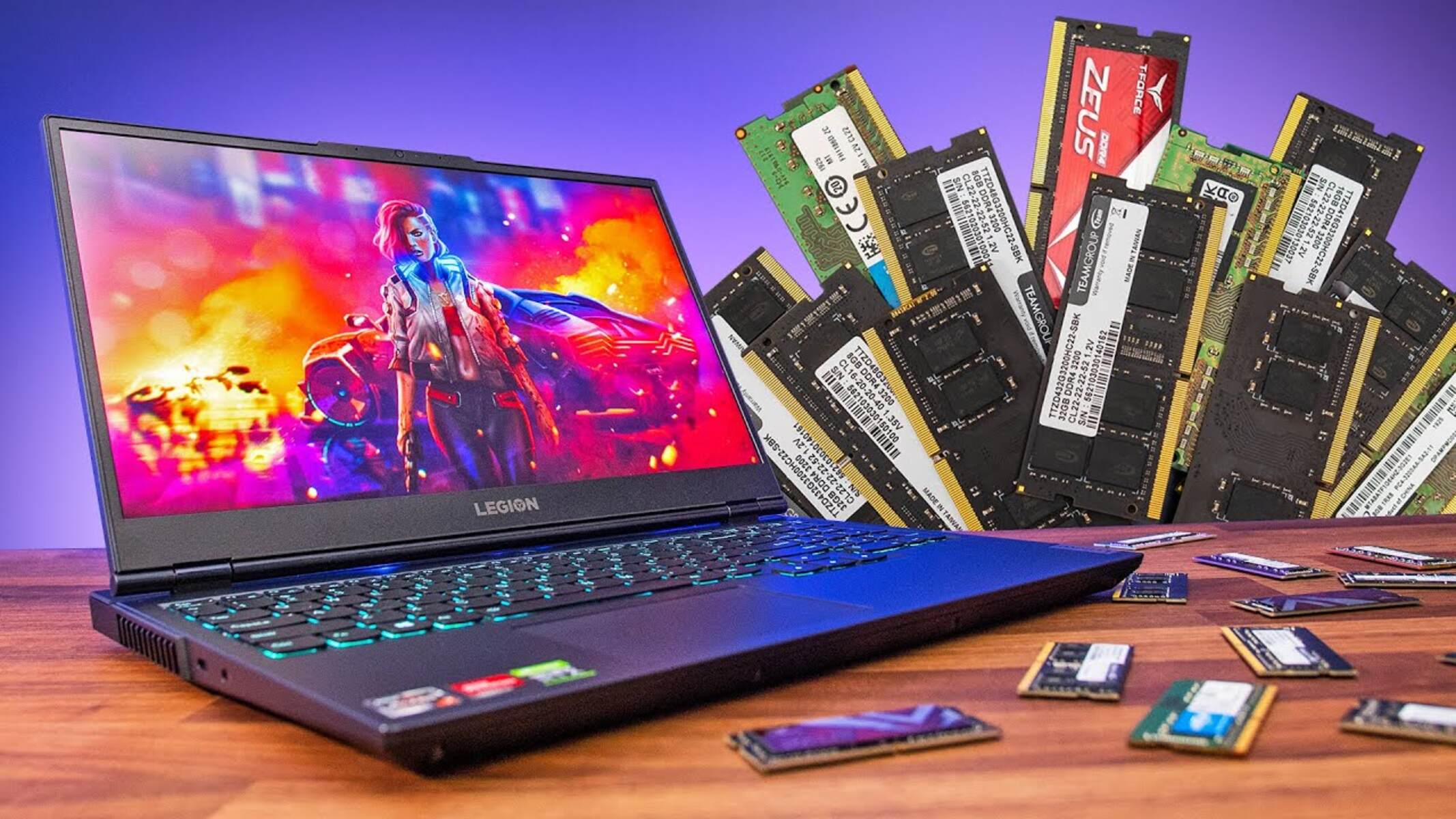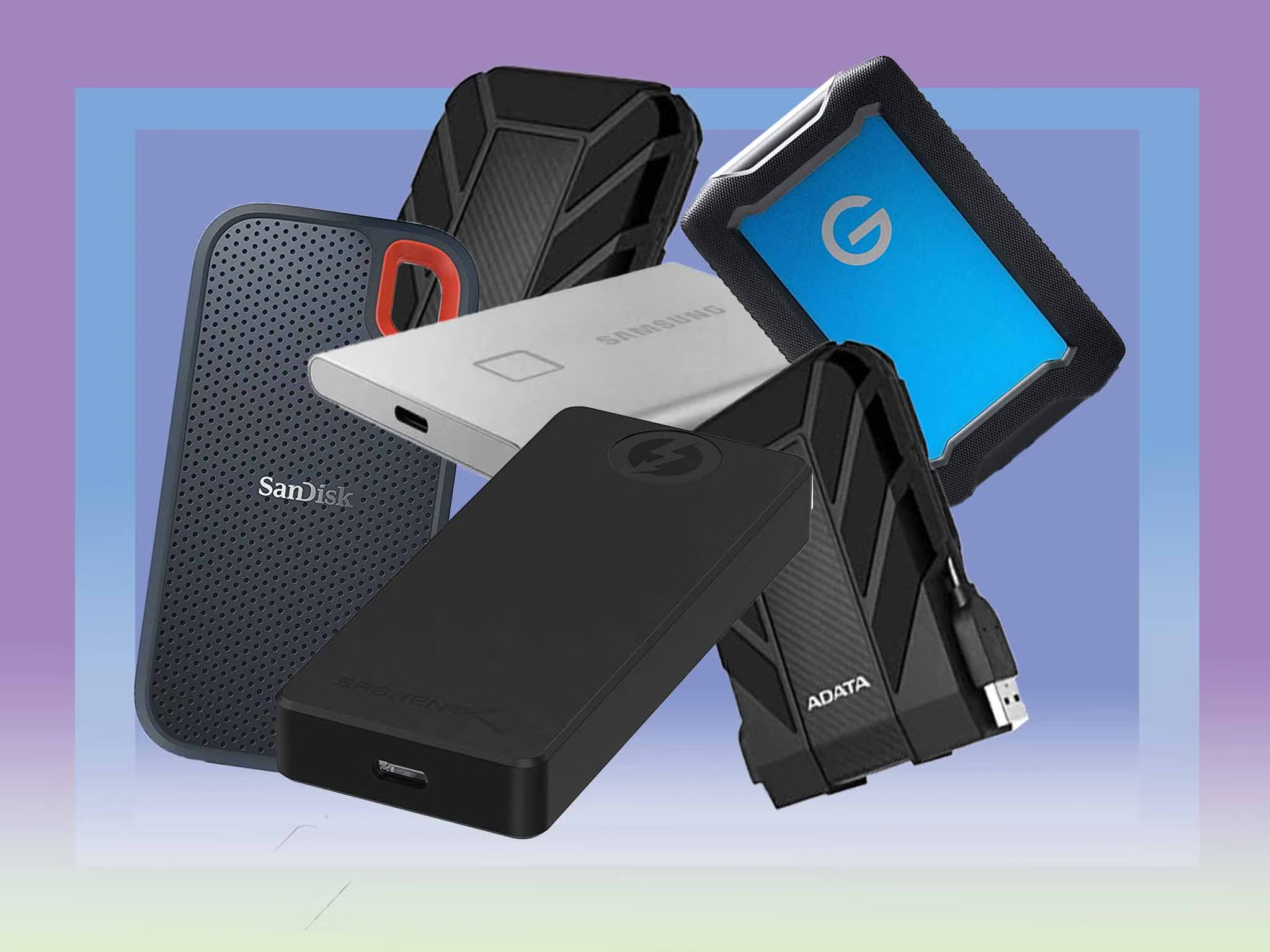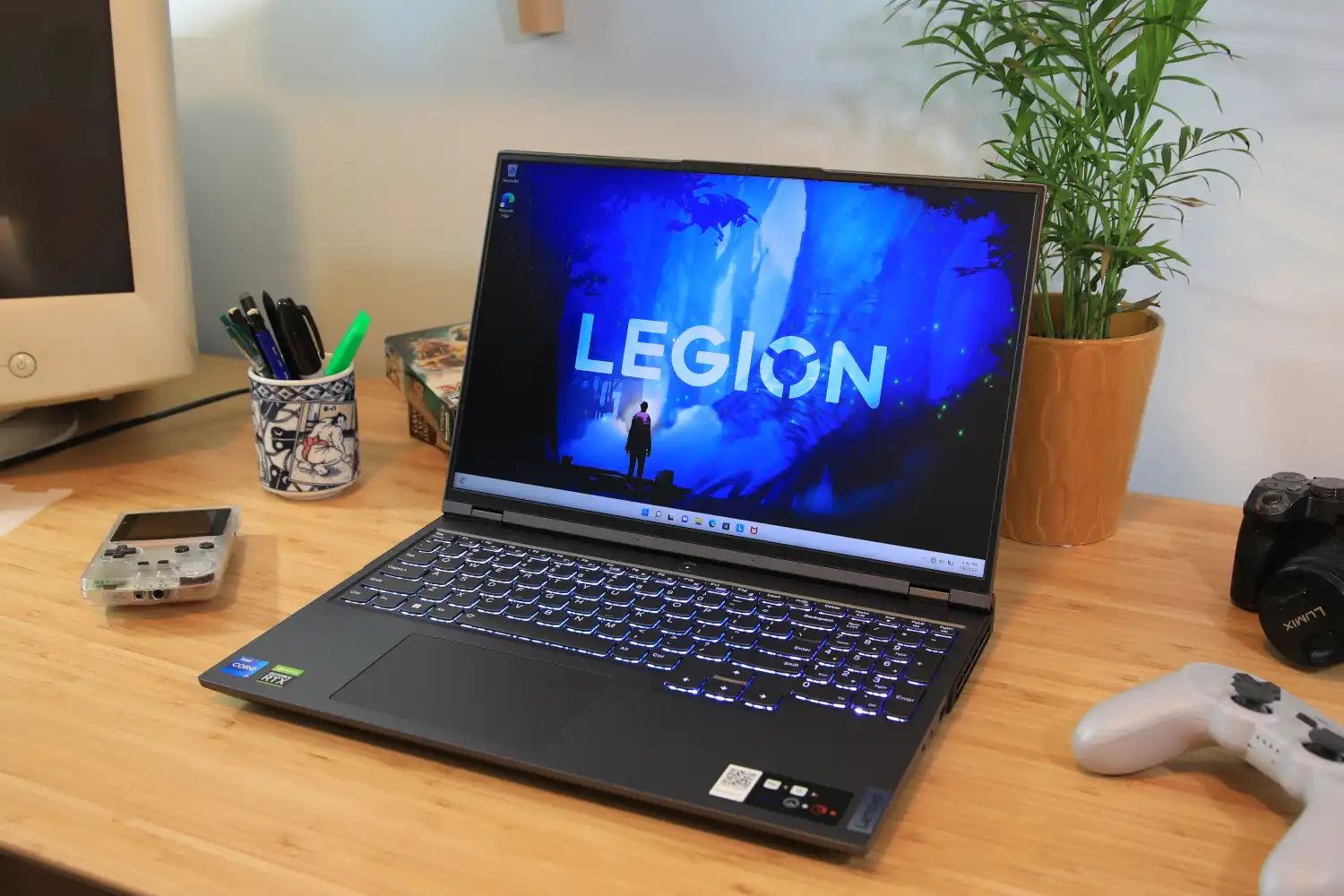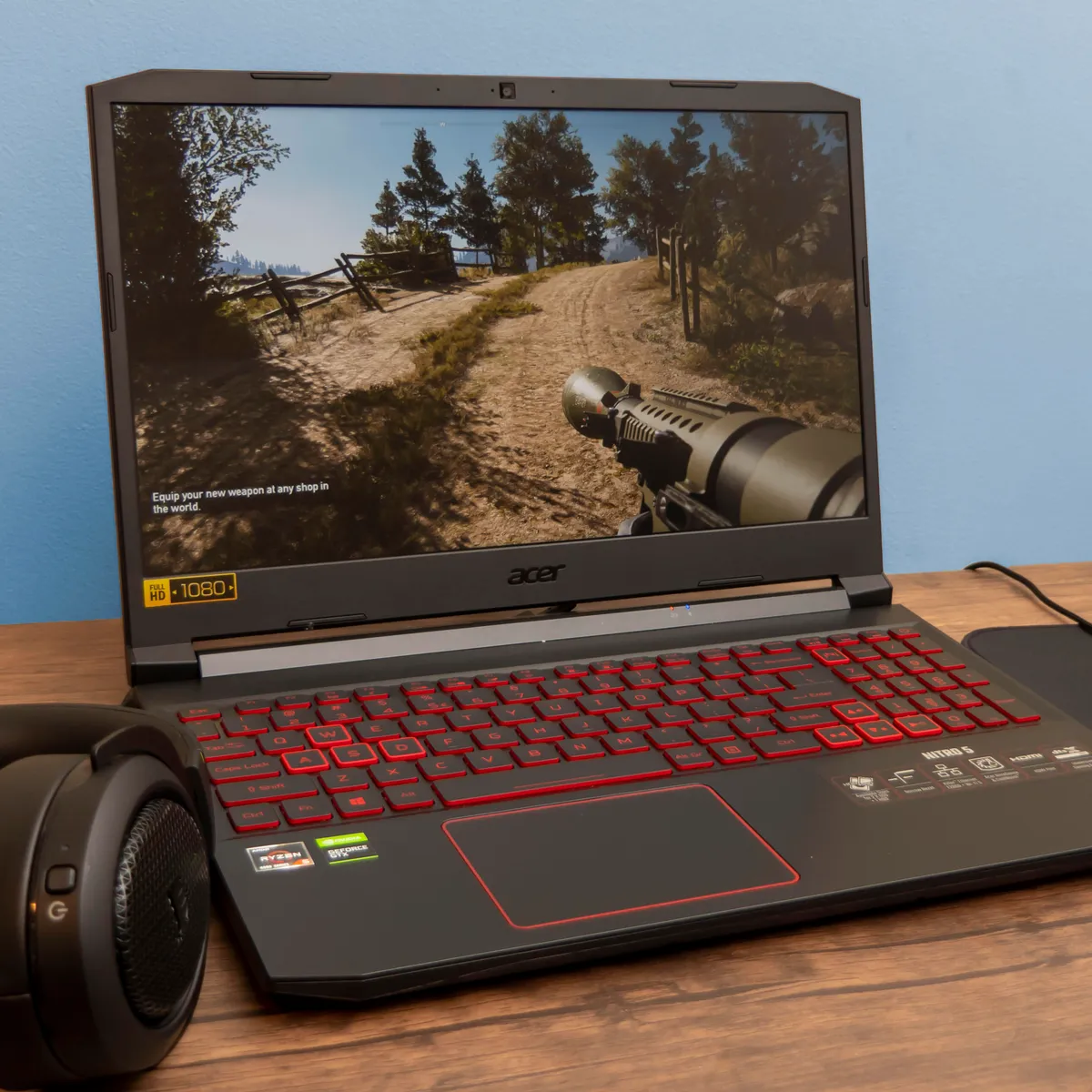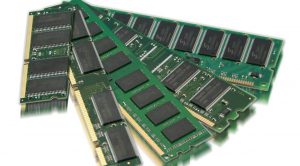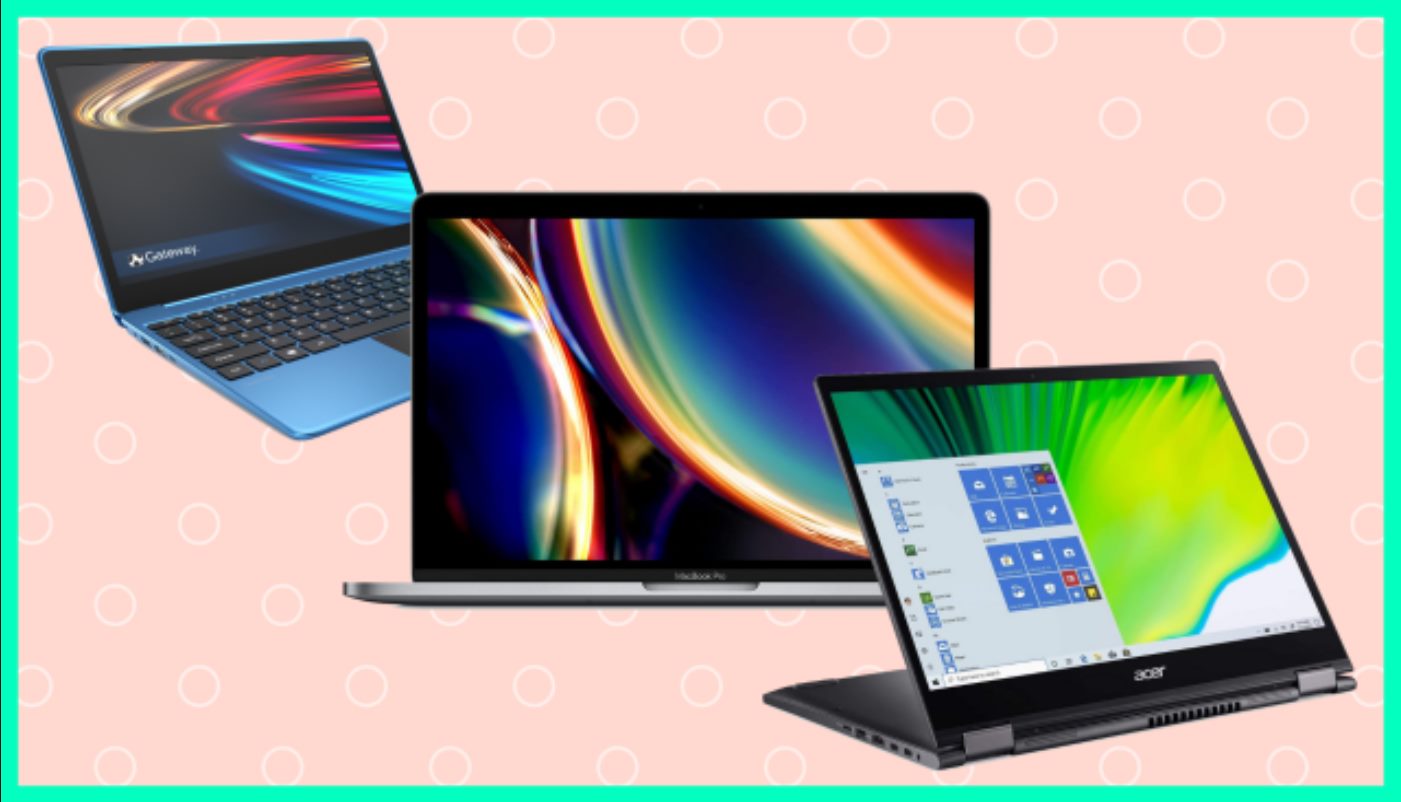Introduction
Welcome to the exciting world of gaming laptops! Whether you are a seasoned gamer or just a casual player, having a powerful and efficient gaming laptop is crucial for an immersive gaming experience. One important aspect to consider when investing in a gaming laptop is its power consumption.
Gaming laptops are known for their high-performance capabilities, allowing you to play demanding games with stunning graphics and fluid gameplay. However, this power comes at a cost. Gaming laptops tend to consume more power compared to regular laptops, mainly because of the need to meet the requirements of running advanced games.
In this article, we will delve into the world of power consumption and gaming laptops. We will explore the factors that affect power usage, how to measure power consumption, and tips to reduce power usage without sacrificing gaming performance. Additionally, we will discuss the impact of power consumption on battery life and overall laptop performance.
Understanding power consumption in gaming laptops is important for several reasons. First and foremost, it allows you to estimate the electricity cost of running your gaming laptop for extended periods. This knowledge can help you manage your energy consumption and plan accordingly to avoid any surprises on your monthly bill.
Furthermore, being aware of power usage can also help you make informed decisions when choosing a gaming laptop. You can compare different models and their power consumption to find the one that suits your needs and preferences the best.
So, let’s dive into the fascinating world of power consumption and gaming laptops to discover how much power your gaming laptop uses and how you can optimize its performance while conserving energy.
Understanding Power Consumption
Power consumption refers to the amount of electrical energy that a device, such as a gaming laptop, uses during its operation. It is measured in watts (W) and determines the rate at which electrical energy is consumed over a certain period of time. Understanding power consumption is essential in optimizing the performance and efficiency of your gaming laptop.
In a gaming laptop, power is consumed by various components such as the processor (CPU), graphics card (GPU), memory (RAM), display, and other peripherals. These components require energy to function and generate the necessary processing power, graphics rendering, and data storage to run games smoothly.
The power consumption of a gaming laptop can vary greatly depending on factors such as the model, specifications, and usage intensity. High-performance gaming laptops with advanced processors and graphics cards tend to consume more power, as they require greater processing capabilities to handle the demands of modern games.
It’s important to note that power consumption is not constant. It can fluctuate based on the tasks being performed by the laptop. For instance, intense gaming sessions where the laptop is running graphics-heavy games will consume more power compared to casual web browsing or document editing.
Furthermore, power consumption can also vary depending on the power settings of your gaming laptop. Most laptops offer power management options that allow you to adjust the performance level and power usage. By optimizing these settings, you can balance power consumption with performance to suit your specific needs at a given time.
Understanding the power consumption of your gaming laptop is crucial for a few reasons. Firstly, it allows you to estimate the energy cost of using your laptop for extended periods, helping you manage your energy consumption and budget accordingly.
Secondly, knowing the power consumption of your gaming laptop can help you choose the right power supply or charging solution. Different gaming laptops have different power requirements, and using an inadequate power supply can lead to degradation of performance or even damage to the laptop’s components.
Finally, understanding power consumption can enable you to make informed decisions that balance performance and energy efficiency. By knowing the power requirements of your gaming laptop, you can adjust settings or implement power-saving techniques to maximize battery life and reduce overall energy consumption.
In the next section, we will explore the various factors that affect power usage in gaming laptops, providing you with a deeper understanding of the elements that contribute to your laptop’s power consumption.
Factors Affecting Power Usage in Gaming Laptops
Several factors contribute to the power usage of gaming laptops. Understanding these factors is crucial in optimizing power consumption and getting the best performance out of your laptop. Let’s take a closer look at some of the key elements that affect power usage in gaming laptops:
1. Processor (CPU): The processor is the heart of a gaming laptop, responsible for executing instructions and performing calculations. Higher-end processors typically require more power due to their increased performance capabilities. CPUs with multiple cores and higher clock speeds tend to consume more power, especially when running resource-intensive tasks like gaming.
2. Graphics Card (GPU): Gaming laptops rely heavily on the graphics card for rendering realistic graphics and smooth gameplay. Powerful GPUs require extra power to handle the complex calculations involved in rendering high-resolution graphics. Upgrading to a more advanced graphics card may increase power consumption but can deliver a significant boost in gaming performance.
3. Display: The display of a gaming laptop can impact power usage. Larger screens, higher resolutions, and higher refresh rates tend to consume more power. Additionally, features like adaptive sync technologies, such as G-Sync or FreeSync, can improve visual quality but may also increase power consumption.
4. Memory (RAM): RAM is crucial for storing and accessing data quickly. While RAM itself doesn’t consume much power, higher-capacity memory modules can require slightly more power. However, the power difference is usually minimal and more than offset by the performance benefits of having adequate RAM for gaming.
5. Hard Drive and Solid-State Drive (SSD): Storage devices are responsible for storing game data and loading it into memory. Traditional hard drives consume more power compared to solid-state drives (SSDs) due to the mechanical components involved in their operation. Upgrading to an SSD can not only improve loading times but also reduce power consumption.
6. Peripheral Devices: Gaming laptops often connect to peripherals like gaming mice, keyboards, or external monitors. These peripherals can consume additional power, especially those with lighting effects or built-in features that require power. Using these devices sparingly or opting for more power-efficient peripherals can help minimize power usage.
7. Software and Game Settings: The software and game settings you use on your gaming laptop can also affect power consumption. Running resource-intensive games or using graphics-intensive software can increase power usage. Optimizing in-game settings, reducing background processes, and using power-saving modes when not gaming can help conserve power.
It’s important to note that power usage is often interdependent with gaming performance. To achieve better performance, certain components may need to consume more power. However, finding the right balance between power usage and performance is essential, and several techniques can help optimize power consumption without sacrificing gaming experience.
In the next section, we will explore how power consumption in gaming laptops can be measured and monitored to gain insights into the actual power usage of your device.
Measuring Power Consumption
Measuring power consumption is an important step in understanding how much power your gaming laptop uses. By quantifying power usage, you can determine its impact on energy bills, battery life, and overall efficiency. There are several ways to measure power consumption in gaming laptops:
1. Power Meters: Power meters, also known as energy monitors or energy meters, are devices that plug into your laptop’s power adapter. These meters measure the amount of electricity flowing through the adapter and provide real-time information on power consumption. They are straightforward to use and provide accurate measurements of power usage.
2. Software Monitoring: Some gaming laptops come with built-in software utilities that provide power consumption information. These utilities monitor various hardware components and display the power usage of the CPU, GPU, and other key elements. While software monitoring may not be as precise as hardware-based measurements, it still gives you a general idea of power consumption.
3. Battery Monitoring: On laptops with removable batteries, you can monitor power consumption indirectly by observing battery drain during different tasks. By noting the battery percentage decrease over a set time period, you can estimate the power consumption of your gaming laptop. However, keep in mind that battery drain may be affected by other factors like screen brightness or background processes.
4. Power Consumption Calculators: Several online power consumption calculators are available that allow you to input the specifications of your gaming laptop and estimate its power usage. These calculators take into account factors such as the CPU, GPU, display size, RAM, and usage patterns to provide an approximate power consumption figure.
When measuring power consumption, it’s important to consider dynamic power usage. As mentioned earlier, power consumption can vary depending on the tasks being performed. Running resource-intensive games will result in higher power consumption compared to less demanding activities like browsing the web or watching videos. Therefore, it’s best to measure power consumption during typical gaming scenarios to get a more accurate representation of usage.
Keep in mind that power consumption measurements are often relative and can differ from one gaming laptop to another. Additionally, power consumption can be affected by factors beyond the laptop itself, such as the efficiency of the power supply or the quality of the power outlet. Nevertheless, measuring power consumption provides valuable insights into how your gaming laptop performs in terms of energy efficiency.
In the next section, we will discuss the average power consumption of gaming laptops, giving you a better idea of the typical energy requirements for gaming on a laptop.
Average Power Consumption of Gaming Laptops
The average power consumption of gaming laptops can vary depending on the specific model, specifications, and usage patterns. However, there are some general estimates that can give you an idea of the typical power requirements for gaming on a laptop.
In idle or low-intensity tasks such as web browsing or document editing, gaming laptops typically consume around 10-20 watts of power. This is comparable to regular laptops and represents a baseline power consumption when the laptop is not under heavy load.
During moderate gaming sessions with less demanding games or lower graphics settings, power consumption can range between 50-100 watts. This includes games that are not as graphically intensive or older titles that do not require significant processing power.
For more demanding games or when running games at higher graphics settings, power consumption can increase significantly. Gaming laptops can consume between 100-200 watts or even higher during intense gaming sessions. The powerful processors, high-performance graphics cards, and bright displays required to run modern AAA titles can contribute to higher power consumption.
It’s worth noting that these power consumption estimates are just approximate values, and actual power usage may vary among different laptop models and configurations. Additionally, power consumption can fluctuate depending on factors such as the number of background processes, the efficiency of power management settings, and other hardware components like cooling systems.
To get a more precise idea of the power consumption of your specific gaming laptop, it is recommended to use one of the previously mentioned power measuring methods, such as a power meter or built-in software utilities, during gaming sessions. This will give you a more accurate measurement based on the actual usage of your gaming laptop.
Understanding the average power consumption of gaming laptops is essential for managing energy consumption and planning for long gaming sessions. It allows you to estimate the electricity cost and ensure that you have adequate power supply arrangements while gaming.
In the next section, we will explore some tips to reduce power consumption in gaming laptops without compromising gaming performance.
Tips to Reduce Power Consumption
Reducing power consumption in gaming laptops not only helps conserve energy but also optimizes battery life and improves overall efficiency. Here are some practical tips to reduce power consumption without sacrificing gaming performance:
1. Optimize Power Settings: Adjust the power settings on your gaming laptop to strike a balance between performance and power efficiency. Set your laptop to a power-saving mode when you’re not gaming or performing resource-intensive tasks.
2. Control Display Brightness: Lowering the brightness of your laptop’s display can significantly reduce power consumption. Adjust it to a level that is comfortable for your gaming experience while still conserving energy.
3. Reduce Keyboard and Mouse Lighting: If your gaming laptop has RGB lighting on the keyboard or mouse, consider reducing the intensity or disabling it altogether. The lighting effects can consume additional power, and reducing them can lead to noticeable power savings.
4. Close Unnecessary Background Processes: Close any unnecessary applications or processes running in the background that may be using system resources and consuming power. This will free up resources for gaming and reduces unnecessary power usage.
5. Optimize Game Settings: Adjust the graphics settings within your games for optimal performance and power efficiency. Lowering graphics details, resolution, or disabling unnecessary effects can significantly reduce power consumption while still providing an enjoyable gaming experience.
6. Upgrade Hardware Components: Consider upgrading hardware components like the processor, graphics card, or storage to more power-efficient models. Newer hardware components often come with improved power management features that can help reduce overall power consumption.
7. Use a Cooling Pad: Gaming laptops tend to generate more heat, leading to increased power consumption to cool down the components. Using a cooling pad can help dissipate heat more effectively, reducing the power required for cooling and potentially extending the lifespan of your laptop.
8. Keep Drivers and Software Updated: Ensure that you have the latest drivers and software updates for your gaming laptop. These updates often include performance optimizations and power efficiency improvements for the hardware components.
By implementing these tips, you can effectively reduce power consumption in your gaming laptop without compromising your gaming experience. Not only will this help you save energy, but it will also prolong your battery life and contribute to a more sustainable gaming routine.
In the next section, we will delve into the impact of power consumption on battery life and explore ways to maximize the battery performance of your gaming laptop.
Impact of Power Consumption on Battery Life
The power consumption of a gaming laptop has a direct impact on its battery life. Higher power consumption can lead to faster battery drain and shorter usage time when operating solely on battery power. Understanding the relationship between power consumption and battery life is crucial for maximizing the performance and longevity of your gaming laptop’s battery.
When running resource-intensive tasks like gaming, the components in your laptop, such as the processor and graphics card, require significant power to perform at their peak. This increased power consumption can put a strain on the battery, causing it to discharge more rapidly.
In general, gaming laptops tend to have shorter battery life compared to regular laptops, mainly due to their high-performance hardware and power-hungry components. These components are optimized for delivering maximum performance rather than power efficiency.
It’s important to note that the actual battery life of a gaming laptop will depend on a variety of factors, including the capacity of the battery, the tasks being performed, the power management settings, and the overall efficiency of the system. Higher power consumption tasks, like gaming, will naturally result in shorter battery life compared to lighter tasks like web browsing or document editing.
To maximize battery life without compromising gaming performance, there are a few strategies you can employ:
1. Adjust Power Management Settings: Optimize the power management settings on your gaming laptop. Activate power-saving or balanced modes when on battery power to reduce power consumption and extend battery life.
2. Lower Graphics Settings: Adjust the graphics settings in your games to a lower level when running on battery power. This can reduce the power consumption of the graphics card and increase battery life while still allowing for an enjoyable gaming experience.
3. Minimize Background Processes: Close unnecessary background processes and applications to free up system resources and reduce power consumption. This can help maximize battery life by minimizing power usage on non-essential tasks.
4. Manage Cooling: Overheating can cause increased power consumption, as the components work harder to dissipate heat. Ensure proper ventilation and use a cooling pad to maintain optimal temperatures, reducing the strain on the battery and improving its overall performance.
5. Monitor Battery Health: Keep an eye on the health of your gaming laptop’s battery. Over time, batteries can degrade, leading to reduced capacity and shorter battery life. By monitoring and maintaining battery health, you can ensure that it performs optimally for a longer period of time.
While gaming laptops are not primarily designed for long-lasting battery life, implementing these strategies can help maximize the battery performance and extend the gaming time when on the move.
In the next section, we will provide a summary of the key points discussed in this article and reinforce the importance of understanding power consumption in gaming laptops.
Conclusion
Understanding power consumption is essential for anyone who owns or is considering purchasing a gaming laptop. Knowing how much power your gaming laptop uses and how to optimize its power consumption can help you manage energy costs, extend battery life, and improve overall efficiency.
We started by discussing the concept of power consumption and its importance in the context of gaming laptops. We explored the various factors that affect power usage, including the processor, graphics card, display, and peripheral devices. The power consumption of a gaming laptop can vary depending on the intensity of tasks and the specifications of the components.
To measure power consumption, we covered different methods such as using power meters, software monitoring, battery monitoring, and power consumption calculators. By accurately measuring power usage, users can gain valuable insights and make informed decisions regarding energy consumption and power supply requirements.
We also discussed the average power consumption of gaming laptops during different scenarios, ranging from idle mode to intense gaming sessions. Understanding these average power consumption levels can help users anticipate power needs and estimate energy costs.
To reduce power consumption without sacrificing gaming performance, we provided several practical tips. These included optimizing power settings, controlling display brightness, reducing keyboard and mouse lighting, closing unnecessary background processes, optimizing game settings, upgrading hardware components, and using cooling pads to improve efficiency and reduce power usage.
Furthermore, we highlighted the impact of power consumption on battery life and explored ways to maximize battery performance. By adjusting power management settings, lowering graphics settings, minimizing background processes, managing cooling, and monitoring battery health, users can enhance the battery life of their gaming laptops.
In conclusion, understanding power consumption in gaming laptops is crucial for optimizing performance, managing energy costs, and maximizing battery life. By implementing the tips and strategies highlighted in this article, gamers can strike a balance between power usage and performance, ensuring an enjoyable gaming experience while conserving energy and resources.







